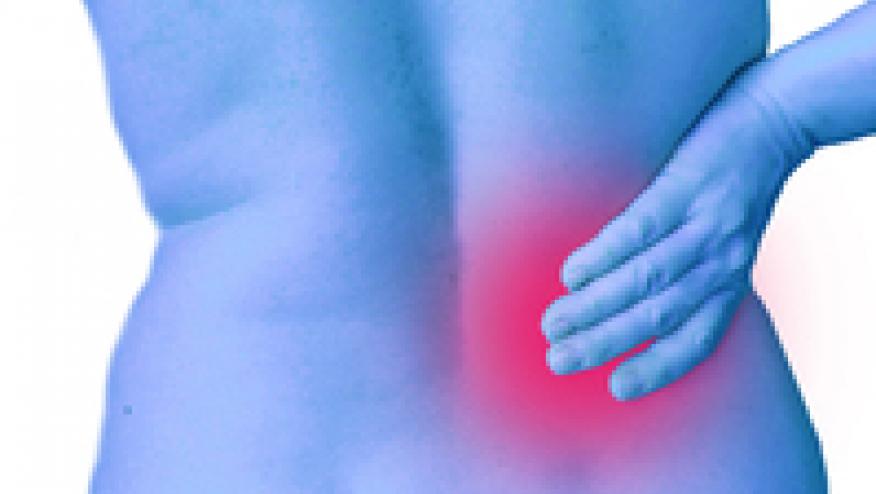ACP Recommends a Drug-Free Approach to Back Pain Save

The American College of Physicians (ACP) recommends that physicians avoid prescribing drugs, especially narcotics, for patients with acute or subacute low back pain. Patients should be treated first with non-pharmaceutical therapies, such as superficial heat, massage, acupuncture, or spinal manipulation. If drugs are needed, the evidence supports prescribing nonsteroidal anti-inflammatory drugs (NSAIDs) and skeletal muscle relaxants. Acetaminophen was shown to be ineffective for acute low back pain.
The clinical practice guideline and two evidence reviews are published in Annals of Internal Medicine.
Low back pain is one of the most common reasons for patients to see a doctor and approximately one quarter of U.S. adults reported having low back pain lasting at least one day in the past three months. Pain is categorized as acute (lasting less than four weeks), subacute (lasting four to 12 weeks, and chronic (lasting more than 12 weeks). Acute and subacute low back pain usually improves over time regardless of treatment.
For patients with chronic low back pain, ACP recommends non-drug therapy first. Exercise, multidisciplinary rehabilitation, acupuncture, mindfulness-based stress reduction, tai chi, yoga, motor control exercise (MCE), progressive relaxation, electromyography biofeedback, low level laser therapy, operant therapy, cognitive behavioral therapy, and spinal manipulation are shown to improve symptoms with little risk of harm. ACP emphasizes that physical therapies should be administered by providers with appropriate training.
For patients with chronic low back pain who have had an inadequate response to non-drug therapy, ACP recommends that physicians and patients consider treatment with NSAIDs as first line therapy; or tramadol or duloxetine as second line therapy. Physicians should only consider opioids as an option in patients who have failed the aforementioned treatments and only if the potential benefits outweigh the risks for individual patients and after a discussion of known risks and realistic benefits with patients.
The author of an accompanying editorial notes that these recommendations are likely to be a major change for primary care physicians. (Citation source: http://buff.ly/2lMyVQg)










If you are a health practitioner, you may Login/Register to comment.
Due to the nature of these comment forums, only health practitioners are allowed to comment at this time.